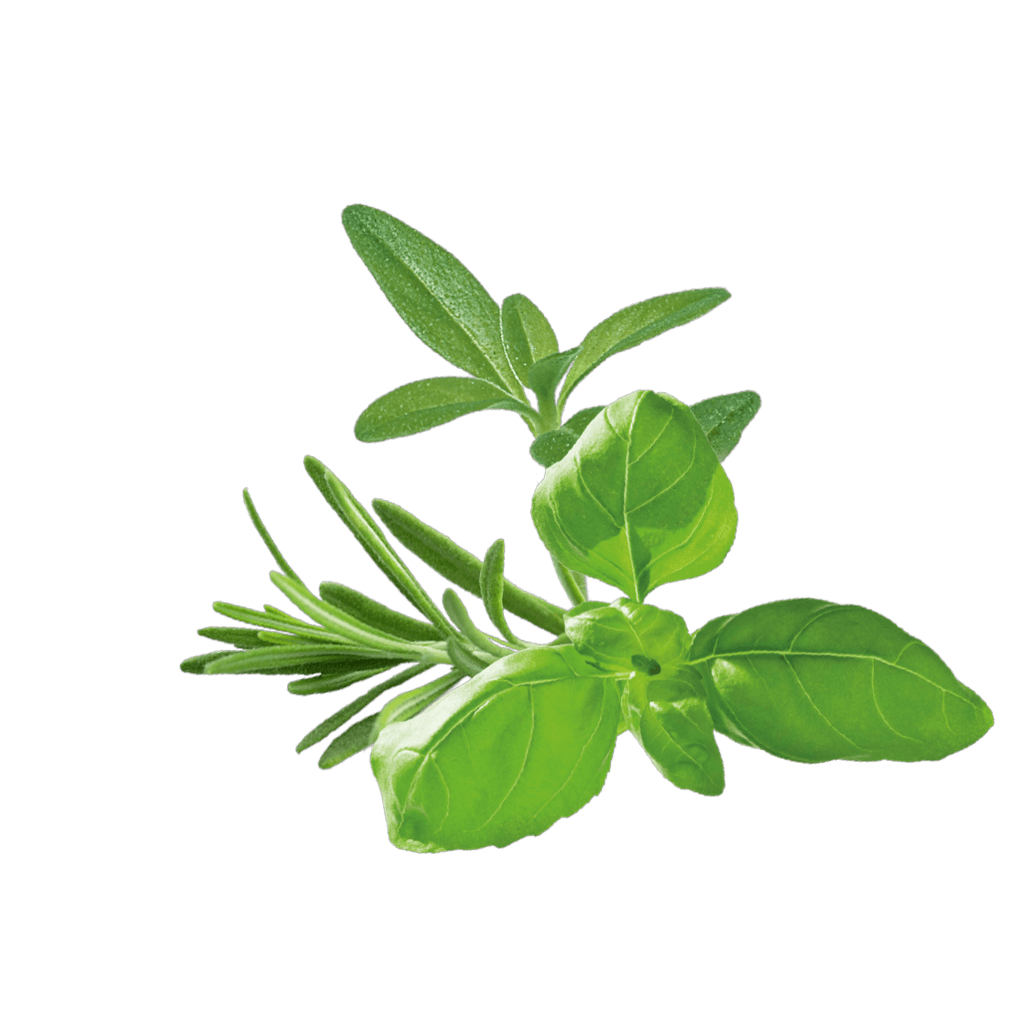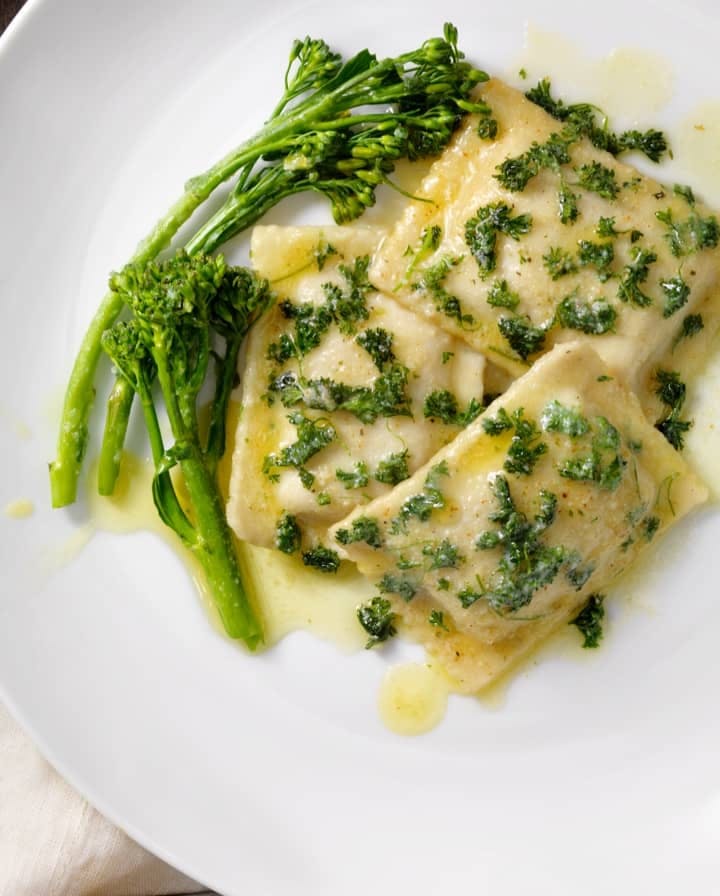Thyme
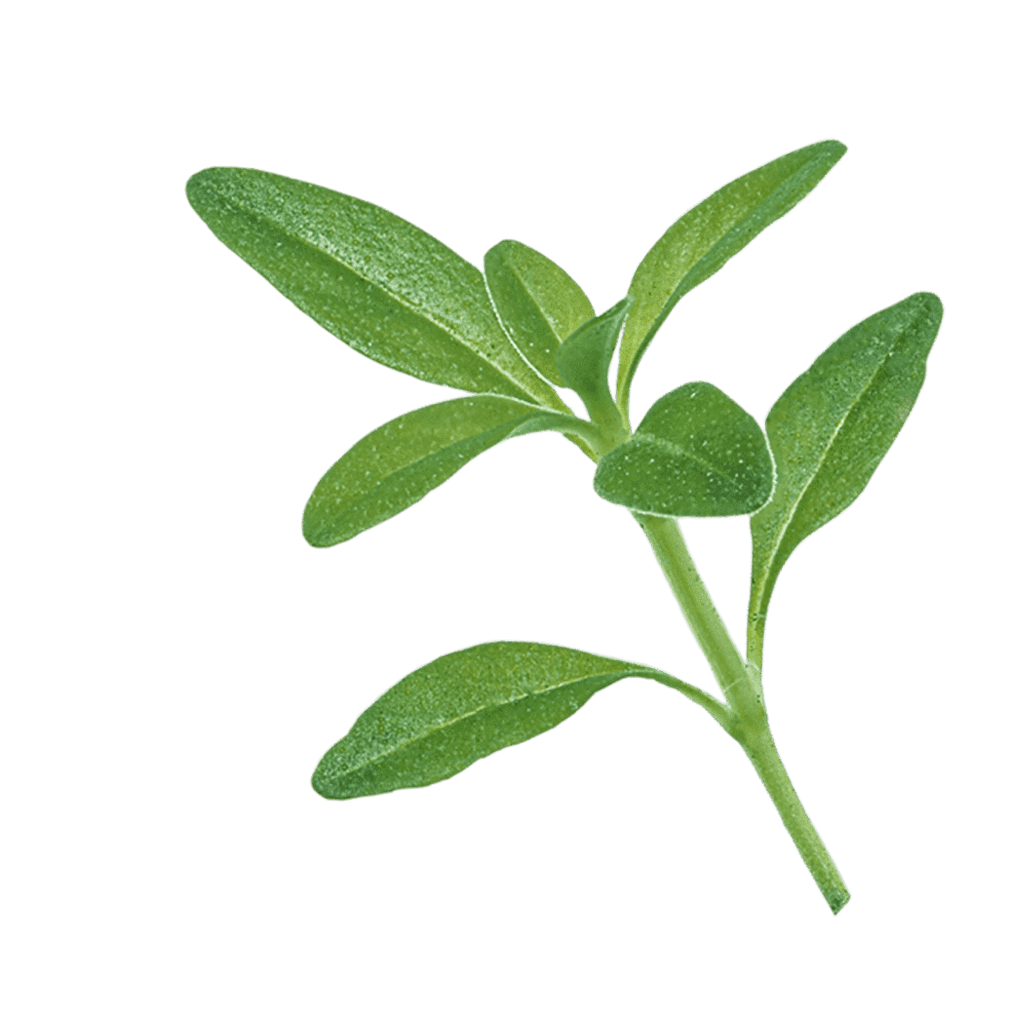

Intense, smoky and aromatic, thyme is found in almost every Mediterranean dish. In ancient times, thyme was used to gain the favor of the goddess Aphrodite.
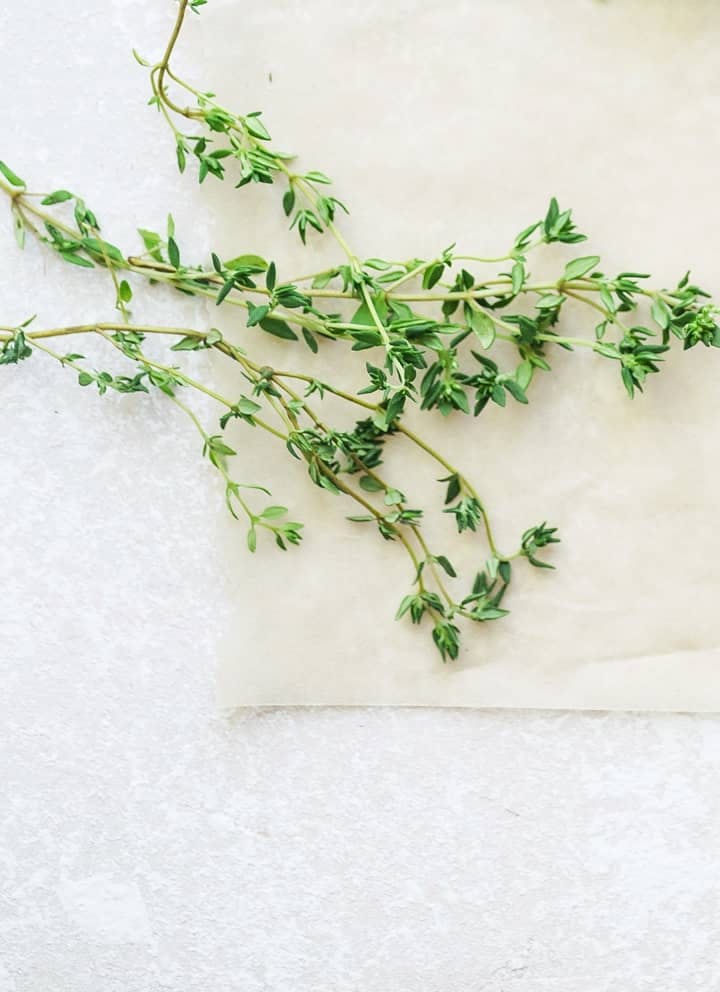
Thyme as an Herb
Thyme is one of the most important herbs used in Mediterranean cooking. The smoky, mildly warming, herbaceous flavor is reminiscent of cloves and is found in many typical Mediterranean dishes. Thyme has also been used for medicinal purposes for a long time, going back to the ancient Greeks and Egyptians. The name “thyme” comes from the ancient Greek word thymos meaning “smoke.” The herb was burned in Greek temples to demonstrate devotion to Aphrodite, the goddess of love, with its enchanting smoke.
Products Containing Thyme
Currently Viewing: 1 of 0
Usage
All parts of the thyme plant can be used as an herb — bunches of its stems are used to season all kinds of soups, sauces and stews. Mostly, though, it is just its leaves that are used, as its woody stems cannot be eaten. You’d be hard pressed to find a classic Mediterranean dish that doesn’t contain this versatile herb: Thyme transforms pizzas, pasta sauces, poultry, fish and meat dishes, goat’s cheese, salads and marinades into culinary experiences. Dried thyme has a much more intense flavor than fresh thyme, so it is important to take that into account when adding it to dishes.
Tip!
Dried thyme is also used as a balsamic bath soak: add around 100 g of thyme to boiling water, leave it to infuse for 15 minutes, strain it and add it to the bath water.
Related recipes
Currently Viewing: 1 of 0
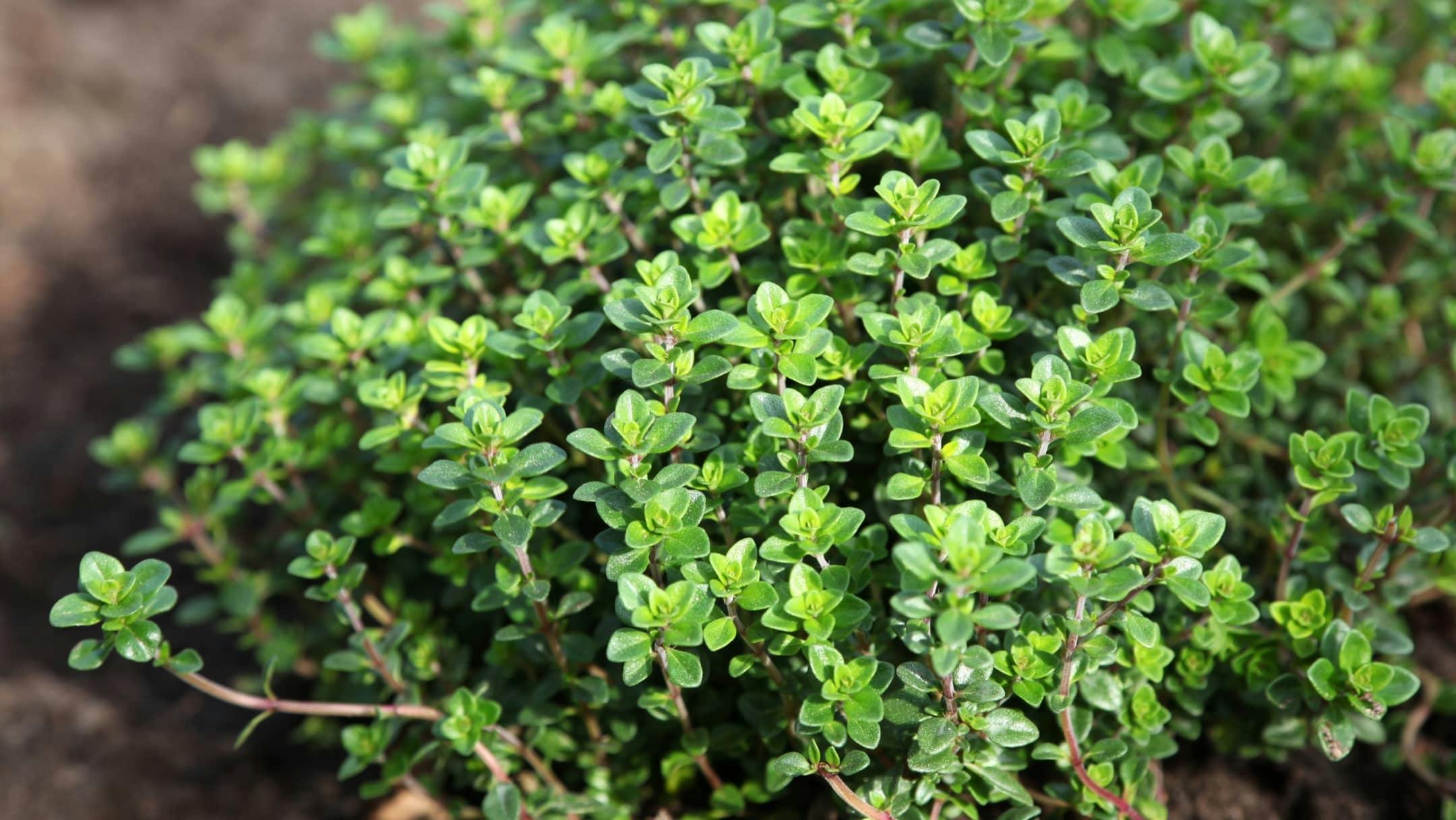

The Plant
In some languages, thyme is also referred to as the “king of the mountains” as its violet and pink flowers adorn mountainsides around the Mediterranean. The low shrub is related to marjoram, oregano, basil and rosemary and grows up to 40 cm tall. Its tiny leaves contain up to six percent essential oil and have hairs on their underside. There are hundreds of species of thyme, and the flavors of these different species can differ substantially from one another. Garden thyme, which is popular in Central Europe, is also called “common thyme” and has a balanced flavor that goes with almost anything.
Factbox
- Scientific Name
- Thymus vulgaris
- Family
- Mint family (Lamiaceae)
- Other Names
- Common thyme, garden thyme, English thyme, summer thyme, winter thyme
- Origin
- Mediterranean region
Discover more
Turmeric



